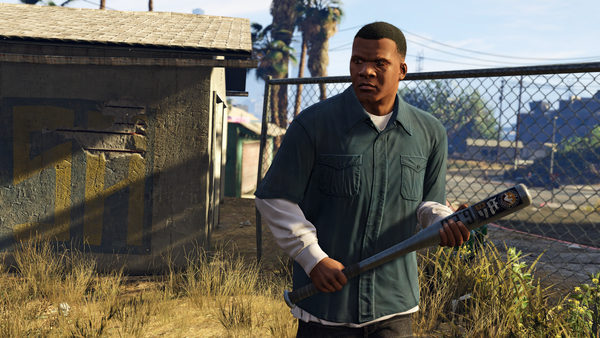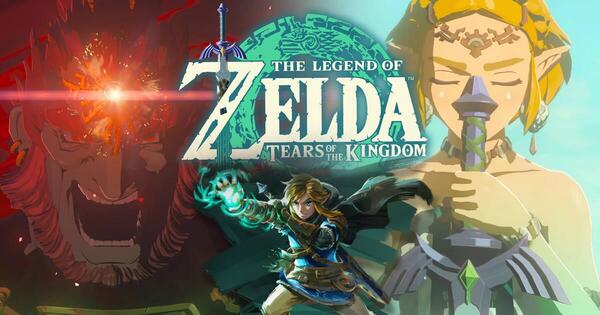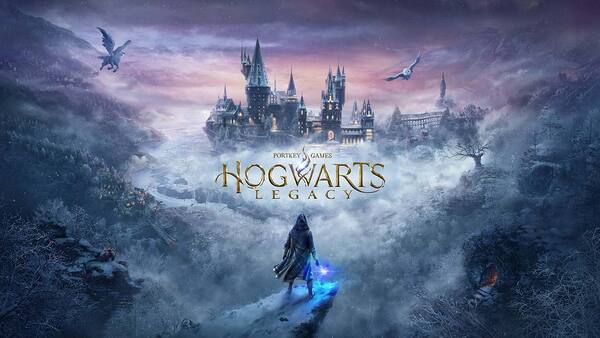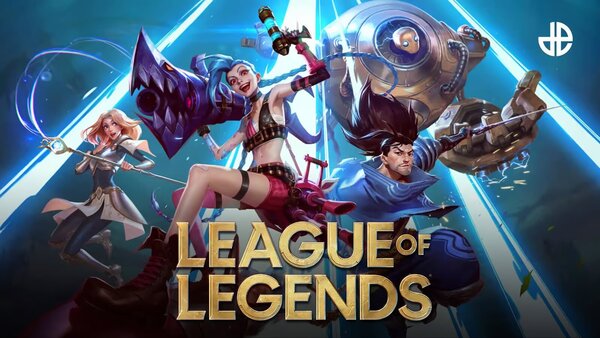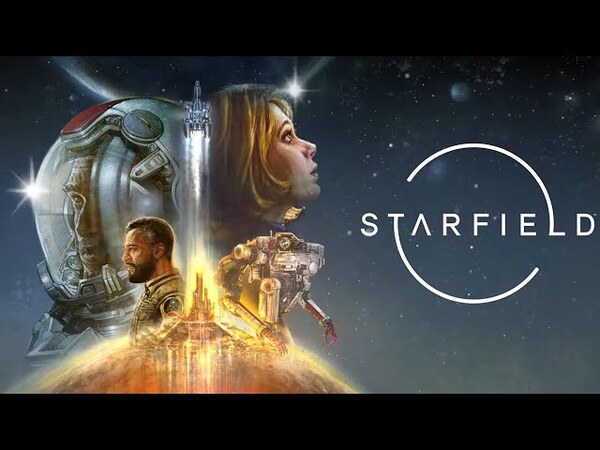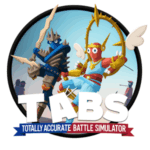Review Sonic the Hedgehog™ Classic
For those who grew up in the 90s,
Sonic the Hedgehog™ Classic is more than just a game—it's a cherished memory. Released by Sega in 1991 for the Genesis console, Sonic's inaugural adventure introduced players to an iconic character and a groundbreaking platformer. Even decades later, this 16-bit classic remains influential and beloved. This review explores what makes
Sonic the Hedgehog™ Classic a timeless gem, especially in its mobile reimagining.
A Legacy Carved in Pixels
Sonic the Hedgehog™ Classic debuted as a flagship title for Sega's Genesis, setting new standards in the gaming world. The game was celebrated for its speed, vibrant graphics, and engaging gameplay, quickly earning a place in the hearts of gamers everywhere.
Sonic the Hedgehog, with his bright blue fur and red sneakers, was a refreshing contrast to the gaming mascots of the time. Developed as Sega’s answer to Nintendo’s Mario, Sonic’s design and personality helped the game stand out. His speed-based gameplay and attitude made him an instant hit, creating a legacy that continues to this day.
Reimagined for Modern Play
The classic experience of
Sonic the Hedgehog™ Classic has been adapted for mobile devices, bringing the beloved game to a new audience while preserving its core elements.
Enhanced Features for Mobile
The mobile version of
Sonic the Hedgehog™ Classic brings several modern enhancements to the table. The game retains the essence of the original but introduces features tailored for touchscreens:
- Tilt Controls: New control options allow players to steer Sonic by tilting their device, offering a fresh way to navigate through levels.
- Auto-Save Functionality: To accommodate modern gaming habits, the mobile version includes auto-save features, ensuring players don’t lose progress.
- Updated Soundtrack: The classic tunes have been remastered, adding a new layer of nostalgia while improving audio quality.
These updates help the game remain accessible and enjoyable for contemporary players, while also paying homage to the original.
The Pros and Cons of Touchscreen Gaming
One of the main drawbacks of the mobile adaptation is the control scheme. Touchscreens, while versatile, can sometimes lack the precision of physical controllers. For a game like Sonic, where speed and precision are crucial, this can lead to frustration. Players may find the touch controls less responsive compared to the original console experience. Some levels may present difficulties that can be exacerbated by touchscreen controls. Enemies respawn quickly, and certain stages require quick reflexes and memorization. While these challenges are part of what made the original game compelling, they can feel more daunting on a mobile device.
Why It Still Resonates
Despite the challenges,
Sonic the Hedgehog™ Classic remains a beloved title for good reason. Its innovative gameplay, memorable characters, and vibrant world have cemented its place in gaming history. The mobile adaptation has introduced the game to a new generation while honoring its legacy.
A Timeless Appeal
The joy of racing through loops, collecting rings, and battling Dr. Robotnik is as thrilling today as it was over three decades ago. The game’s ability to entertain players of all ages and skill levels speaks to its design and execution. For many, playing
Sonic the Hedgehog™ Classic on a mobile device is a nostalgic trip down memory lane.
Positive Reception
User impressions of the mobile version are generally positive. While acknowledging the limitations of touchscreen controls, players appreciate the updated graphics, enhanced audio, and additional content. For those who grew up with Sonic, the mobile adaptation offers a chance to relive the magic of the original game with modern conveniences.
Conclusion
Sonic the Hedgehog™ Classic continues to be a cornerstone of gaming history, and its mobile reimagining ensures that its legacy endures. With its fast-paced gameplay, iconic characters, and innovative design, the game remains as captivating as ever. While there are some challenges with touchscreen controls, the overall experience is a worthy tribute to one of gaming’s greatest classics. Whether you're a long-time fan or new to Sonic’s adventures,
Sonic the Hedgehog™ Classic is a game that stands the test of time.





















